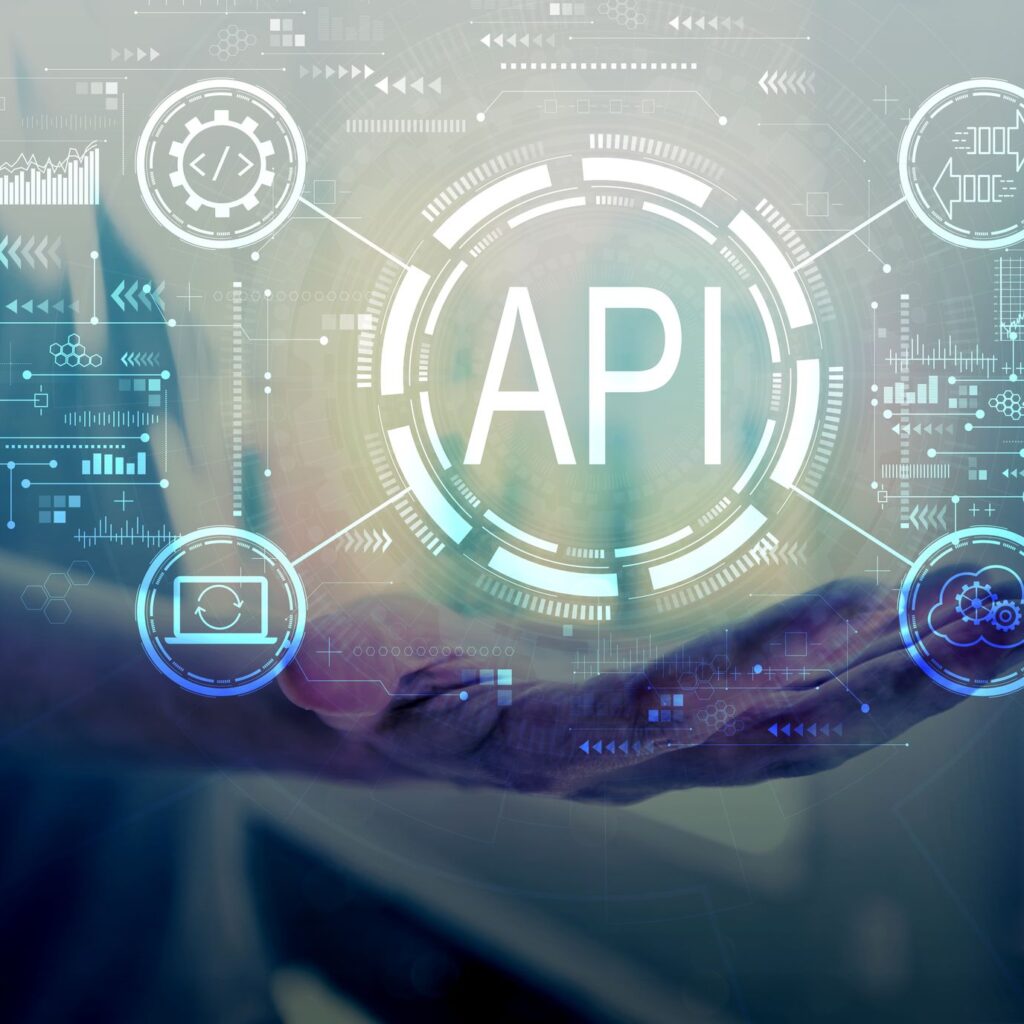A Business Tale of REST API Testing
In the mystical world of software development, REST APIs are the spellcasters. They conjure the digital magic that powers applications, automates processes, and connects systems. But how do you ensure your spellcaster is ready for the challenges ahead? Enter the realm of REST API testing. This guide will unveil powerful testing approaches, each accompanied by a real-world business example that will leave you spellbound.
Unit Testing
Business Example: A retail company has an API for inventory management. Unit testing ensures that the endpoint responsible for adding new items works perfectly without being affected by or affecting other endpoints.
Unit testing is a level of software testing where individual components of the software are tested. In the context of REST APIs, a unit could be considered as a single endpoint. The purpose is to validate that each endpoint performs as designed. Unit tests are typically quick to run and can be used to catch issues early in the development process.
Integration Testing
Business Example: A travel booking website integrates flights, hotels, and car rentals. Integration testing ensures that customers can seamlessly book a flight, reserve a hotel, and rent a car in a single transaction.
Integration testing is a level of software testing where individual units are combined and tested as a group. In the context of REST APIs, this means testing how different endpoints interact with each other and with other software components. While unit testing ensures that individual endpoints work correctly in isolation, integration testing helps catch issues that might arise when different API parts interact.
Integration testing can be more complex and time-consuming than unit testing, as it involves setting up and managing a more complex environment. It can also be more challenging to isolate failures, as failures can occur in any component tested.
Endpoint Combinations and Workflows
Business Example: In a CRM system, a salesperson needs to add a lead, convert it to an opportunity, and finally close it as a sale. Testing the workflow ensures these actions can be performed sequentially without hiccups.

Testing individual endpoints is essential, but it’s also crucial to test combinations of calls to different endpoints. This involves testing workflows through the API to ensure that sequences of actions work as expected. For example, testing the workflow of creating, reading, updating, and deleting a resource through the API.
Functional Testing
Business Example: A healthcare provider’s API allows patients to book appointments. Functional testing ensures patients can search for doctors, view availability, and book appointments effectively.
Functional testing is a type of software testing that validates the software system against the functional requirements/specifications. Functional testing ensures that API endpoints provide the expected behavior and output for REST APIs. While unit and integration tests focus on the internal workings of the API, functional tests focus on the user’s perspective and ensure that the API behaves as expected when it’s used.
Functional testing can be time-consuming, as it involves testing many scenarios to ensure that the API behaves correctly in all cases. Setting up the necessary test data and environment can also be challenging.
Compatibility Testing
Business Example: A streaming service’s API must work seamlessly across a plethora of devices – smartphones, tablets, smart TVs, and gaming consoles. Compatibility testing ensures that users experience the magic of streaming, irrespective of the device wielded.
Compatibility testing ensures the API works across different environments, devices, and software versions. This is important for APIs that are expected to be used in various contexts. For example, ensuring that the API functions correctly when accessed from different operating systems or network configurations.
Load Testing
Business Example: An e-commerce site running a Black Friday sale. Load testing ensures that the site’s API can handle the surge in traffic and process thousands of orders without crashing.
Load testing is a type of non-functional testing conducted to understand the system’s behavior under a specific load. For REST APIs, load testing involves simulating multiple requests to the API endpoints and observing its performance and how it handles the stress. Load testing ensures that the API can handle real-world usage patterns and high loads.
Load testing can be complex and time-consuming and involves setting up the necessary environment and analyzing a large amount of data. Load testing tools often require specialized scripts and knowledge. Monitoring and analyzing results requires at least basic knowledge about possible bottlenecks and networking issues. And simulating realistic loads can be challenging, as real-world usage patterns can be complex and unpredictable.
Security Testing
Business Example: A bank’s API handles sensitive financial data. Security testing ensures that only authorized users can access the data and that the data is protected from hacks and breaches.

Security testing is designed to uncover system vulnerabilities and protect data and resources from potential intruders. For REST APIs, security testing ensures the API is secure from external threats and vulnerabilities. Security testing is crucial for protecting sensitive data and preventing unauthorized access.
Security testing for REST APIs involves various techniques and methodologies to uncover potential vulnerabilities.
Contract Testing
Business Example: A delivery service’s API is used by various e-commerce platforms. Contract testing ensures that the API provides consistent data formats and services as agreed upon with the e-commerce platforms.
Contract testing ensures that interactions between different software systems (such as services in a microservices architecture) meet the specifications defined in their “contract.” In REST APIs, contract testing involves verifying that the API’s requests and responses adhere to the agreed-upon format specified in its contract (often defined in an OpenAPI or Swagger document). Contract testing helps catch discrepancies between the API’s implementation and the defined contract.

Contract testing can be complex and time-consuming, requiring environmental setup and writing detailed contracts. It also requires maintaining the contract and staying up-to-date as the API evolves.
Regulatory Compliance Testing
Business Example: A health tech API must comply with HIPAA regulations in the US. Compliance testing ensures that patient data is handled securely and confidentially in accordance with legal requirements.
Suppose the API is in a domain subject to regulatory compliance(e.g., healthcare, finance). In that case, conducting compliance testing is essential to ensure that the API adheres to relevant laws and regulations. This might involve ensuring that data is handled in accordance with data protection laws or that the API meets industry-specific standards.
Documentation and Usability Testing
Business Example: A developer portal for a payment gateway API. Documentation and usability testing ensures that developers can easily find the information they need to integrate the payment gateway into their e-commerce sites.
Don’t forget the importance of documentation in API testing. Well-documented APIs are easier to test and integrate. Also, consider usability testing from the perspective of the API consumer. This involves ensuring that the API is intuitive and easy to use.
In the end…
Testing is not just a phase in the development cycle but a crucial process ensuring your REST APIs’ reliability, efficiency, and robustness. By leveraging different testing approaches like Unit Testing, Integration Testing, Load Testing, or Security Testing, you can ensure that your API meets real-world conditions and user expectations. Remember, an API is only as good as its performance under varying conditions; comprehensive testing is the key to achieving that performance. So, keep testing, keep refining, and keep delivering quality APIs that power the digital world!
Arek Frankowski
Senior Software Architect
Watch or read our other posts at Kimputing Blogs. You’ll find everything from Automated testing to CenterTest, Guidewire knowledge to general interest. We’re trying to help share our knowledge from decades of experience.





